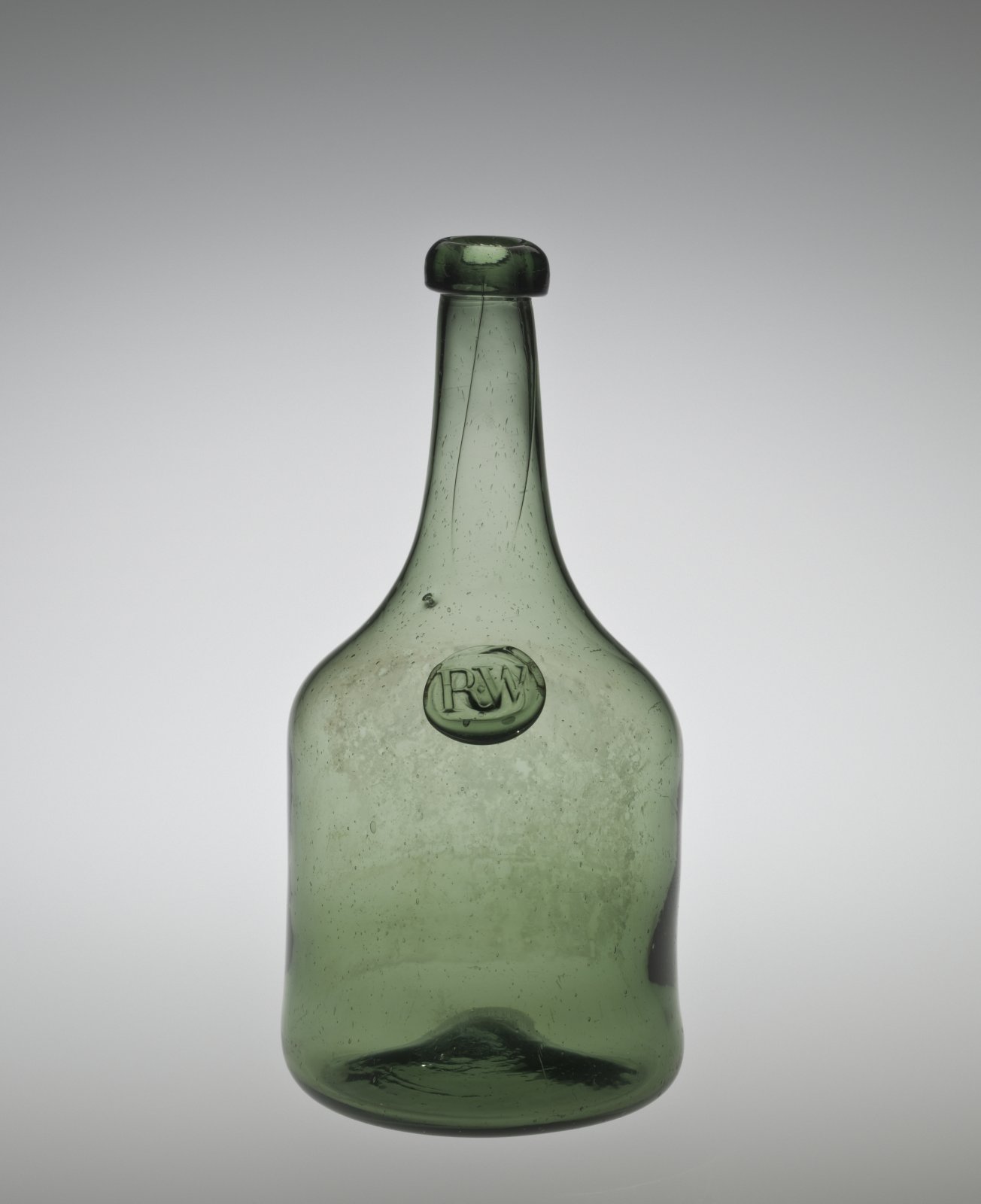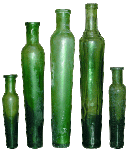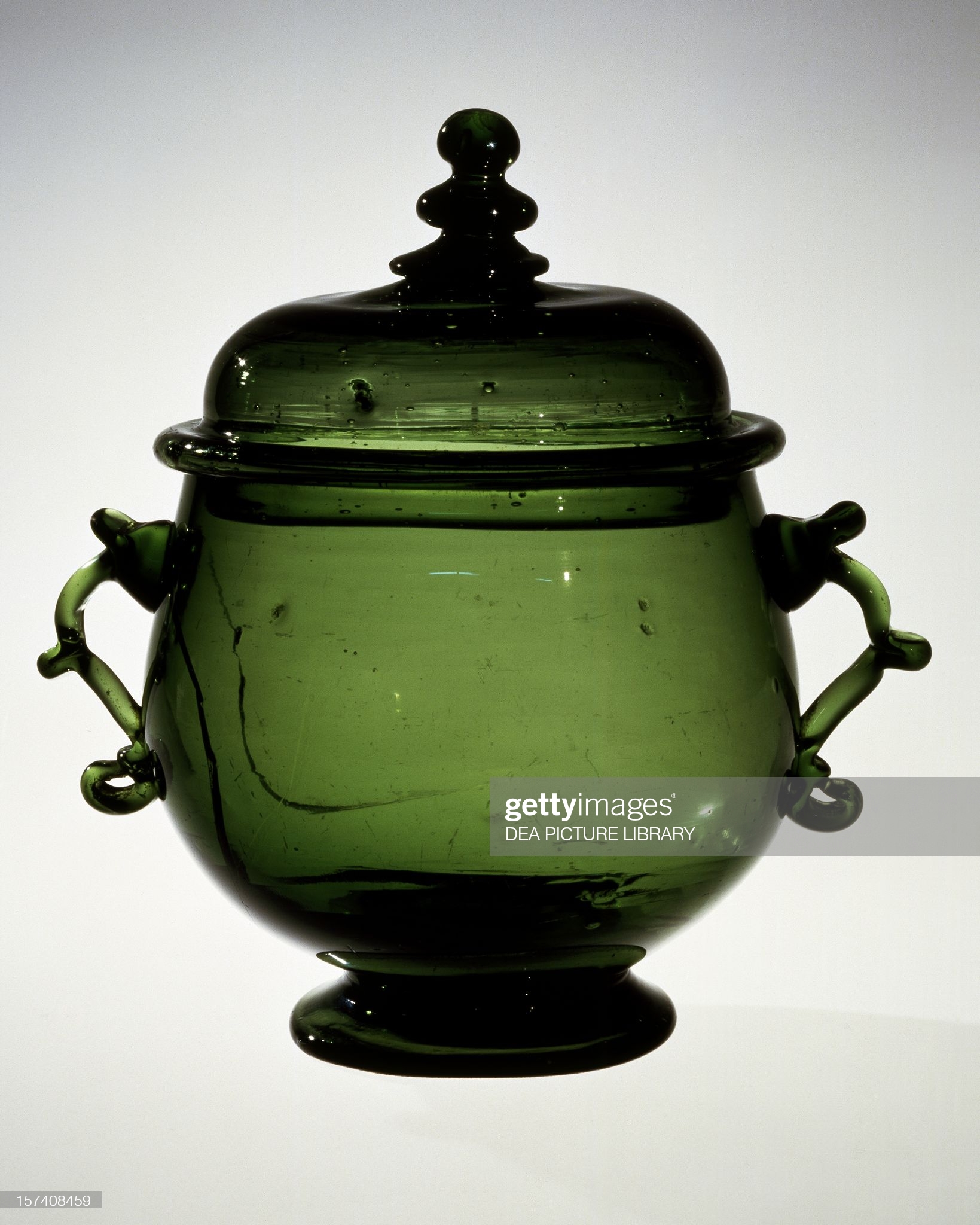the British hired a noted Gunsmith , Durs Egg, an East Central European , to make a Jager sized rifle with an English signature Bess style butt , sometime before Ferguson breech loader caught their attention. The Egg Rifle had the attributes of a Central European short rifle. My comment and question is , why didn't the British armorers do the development of the Egg rifle on their own? I'll never know as my good friend and mentor , Kit , is gone to the ages. ................oldwood
I may be of a little help here.
My Sister has become our family historian and she has delved deeply into Ancestry.com and many small to good size historical societies here in America and some back in the old world. She comes to me when there is early language she isn't familiar with and on early period civilian and military cultural terminology and some social terms. I had asked her before, but there didn't seem to be any gunsmiths in our heritage.
Then about 2-3 years ago after helping her with some period terminology, I was lamenting we didn't have any gunsmiths in our family lines and she said, "Oh, forgot to mention something I came across recently. Have you ever heard of a gunsmith in England by the name of "Durse
something?" I almost swallowed my tongue and replied, "Are you talking about Durs Egg?" Rather casually she replied, "Ummm.....yes, that may be it. I ran across his name a couple months ago and he's related to us." I almost fell out of my chair and probably looked like I had swallowed a toad. I started a rapid fire series of questions and with the little bit she could remember, it sure sounded like Durs Egg, though she didn't quite remember where she had read it.
A couple of weeks later, she had found the reference and called me. Well, I'm not a descendent of Durs Egg after all. It seems one of Dur's female descendants married my 4th or 5th Great Grandfather's BROTHER. Still my sister had some interesting information.
Durs Egg was part of the Protestant movement and I think he was an Anabaptist, though that latter may not be correct. Durs got out of the worst religious persecution when he studied in Paris, but France was still a Catholic nation. The group he joined planned on coming to the New World, but couldn't afford to buy passage and have some money left over all at once. So it was decided they should go to England first, because it was a Protestant country and then they could earn enough money to go on to the New World after some time.
Durs set up his gun shop in London, England in 1772. This in time to bring the latest continental innovations with him, but here is a little tidbit some might now know. After a couple of years, he worked with an English Master Gunsmith (whose name my Sister did not have) for about a year and maybe another half year, so Durs could learn to build and decorate guns good enough not only for the English Gentry, but good enough for the Royal Family as well. Durs most likely finished that study work before he began working with Ferguson. That much we can document.
What I can't document and is only my own speculation is that since Durs was still rather new to the London Trade, but having studied in two other countries and from an English Master once he got to London, he may have been a gunsmith both qualified to work with Ferguson and perhaps as bargain priced as Ferguson could find with that ability, but also Durs may have seen it as a way to enhance his own prestige.
When the religious group Durs had come to England with made enough money and planned on going to America, Durs decided a more prosperous future for him was to remain in England. He had done some work for the Royal Family and in 1820, was named Gunmaker to King George IV. So Durs' decision to stay in England worked out very well for him, though some of his descendants did actually move to the New World.
Gus









